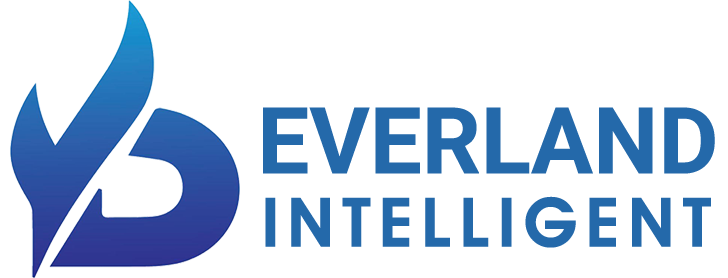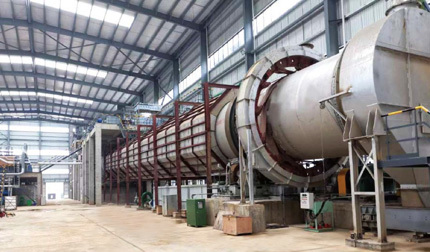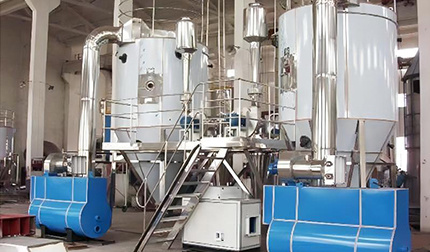Full Commitment, High-Powered Production: Vibrating Fluidized Bed Successfully Shipped for Nickel Sulfate Project in Korea
Release time:
2025-02-25
Recently, the production workshop of Jiangsu Everland Intelligent Equipment Technology Co., Ltd. reached its peak operational period, with the company’s ZDG series vibrating fluidized bed dryer successfully completing shipment. The equipment is on its way to Korea, where it will provide local customers with an efficient and reliable nickel sulfate drying solution. This successful shipment highlights Everland's ongoing technological advancements in the drying equipment sector. For years, the company has been committed to developing energy-efficient drying solutions, continuously improving its technology, expanding into international markets, and driving Everland's global growth.
Recently, the production workshop of Jiangsu Everland Intelligent Equipment Technology Co., Ltd. reached its peak operational period, with the company’s ZDG series vibrating fluidized bed dryer successfully completing shipment. The equipment is on its way to Korea, where it will provide local customers with an efficient and reliable nickel sulfate drying solution. This successful shipment highlights Everland's ongoing technological advancements in the drying equipment sector. For years, the company has been committed to developing energy-efficient drying solutions, continuously improving its technology, expanding into international markets, and driving Everland's global growth.
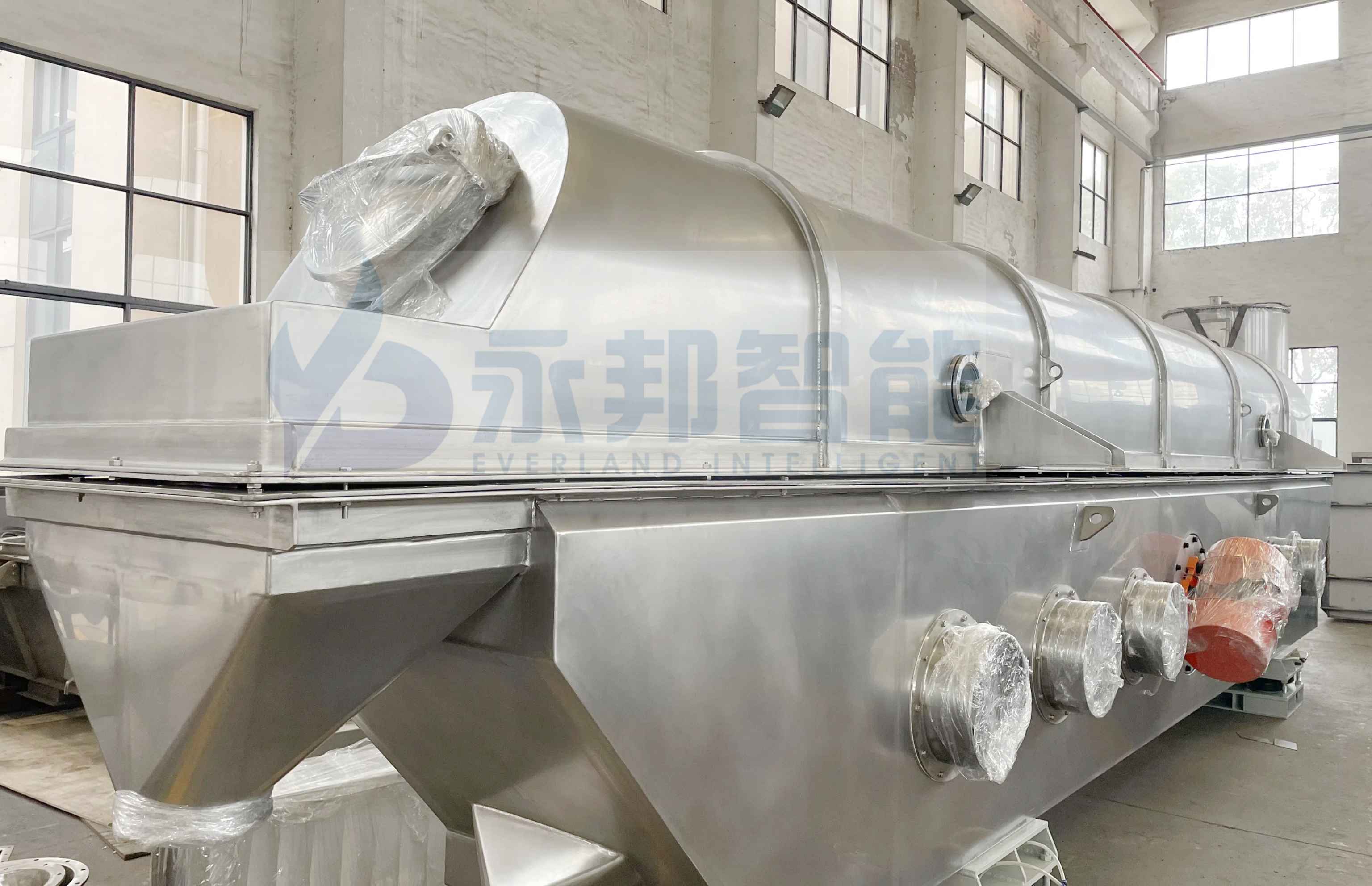
Material Overview
Nickel sulfate (NiSO₄) is available in anhydrous, hexahydrate, and heptahydrate forms, with hexahydrate being the most common. It typically appears as blue tetragonal crystals or green monoclinic crystals. Nickel sulfate is widely used in various industries, including battery production, electroplating, and catalyst manufacturing. In the battery industry, as a precursor material for nickel-cobalt-manganese (NCM) lithium-ion batteries, its nickel content directly affects the battery's energy density. In addition, nickel sulfate is also used in hardening oil production, pharmaceuticals, and other sectors.
Working Principle
The vibrating fluidized bed dryer works by generating vibratory forces through a vibrating motor or other excitation methods, which move the material into the bed layer. In the bed layer, the material is suspended and exposed to the hot air stream, allowing it to move forward with the airflow generated by the air distribution plate. The heated air enters the lower chamber through air inlets, creating intense turbulence with the material particles, enhancing heat transfer and mass transfer to achieve efficient drying. The dried material is then discharged through the outlet, while the evaporated moisture and waste gases are recovered by a cyclone separator before being released.
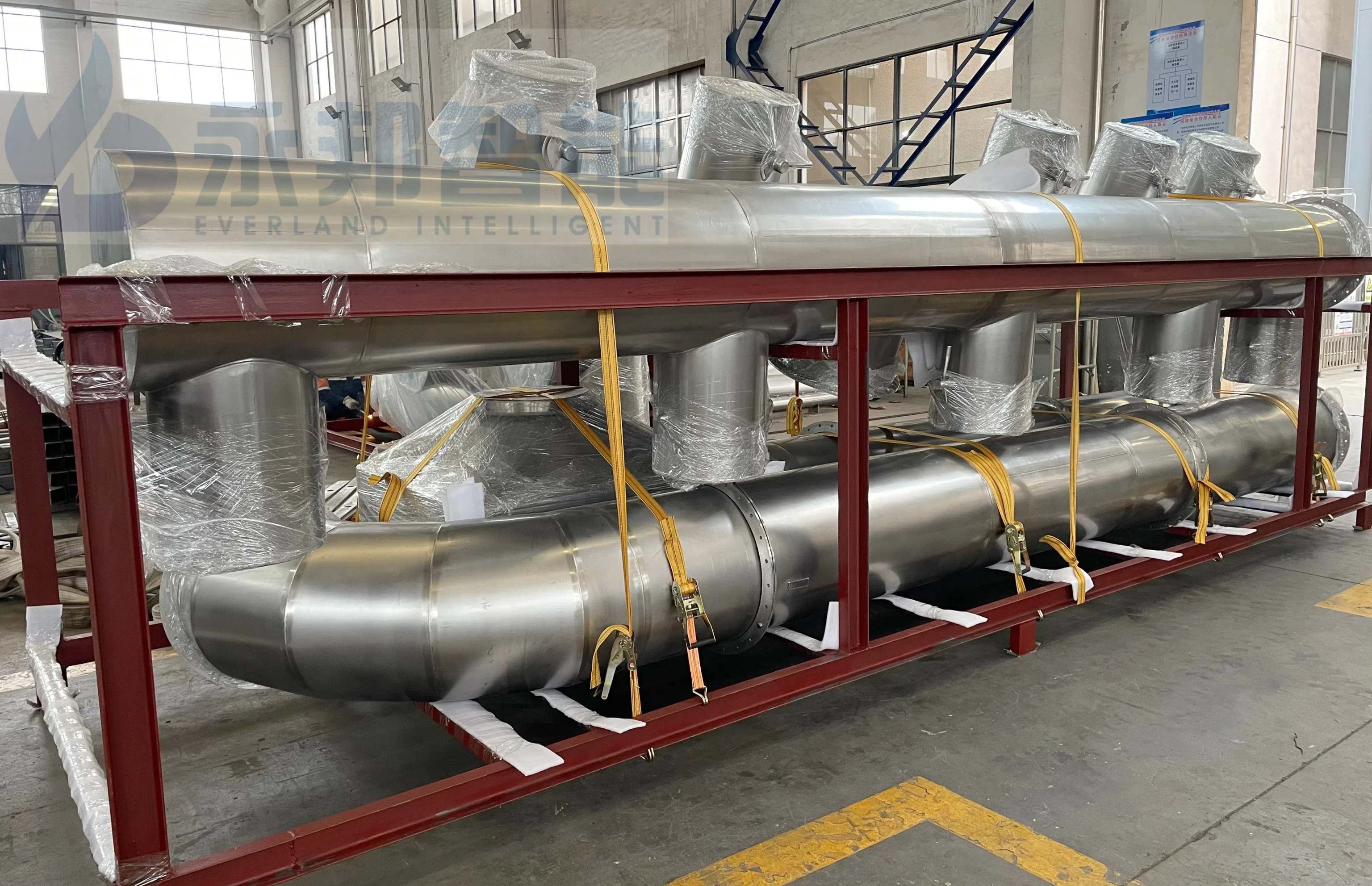
Applications
The ZDG series vibrating fluidized bed dryer is used across a variety of industries, particularly in battery materials, food, building materials, and pharmaceutical chemicals. Specific applications include:
· Battery Materials: Nickel sulfate, cobalt sulfate, sodium sulfate, ammonium phosphate, etc.;
· Food & Building Materials: Brewer’s grains, MSG, sugar, salt, slag, soybean seeds, etc.;
· Pharmaceutical Chemicals: Tablet granules, boric acid, phenol, malic acid, fumaric acid, etc.;
· Other Applications: Cooling, humidifying, and other material processes.
Performance Features
· Uniform Drying: Materials are heated evenly, with full heat exchange, resulting in about 30% energy savings compared to traditional dryers. The vibrating motor ensures stable operation, easy maintenance, low noise, and a long service life.
· Stable Fluidization: The vibrating fluidized bed maintains a stable fluidization state, avoiding issues such as dead zones and blow-through common in traditional dryers. It is particularly suited for drying fragile or irregularly shaped materials.
· Fully Enclosed Design: The fully enclosed structure prevents cross-contamination between materials and air, ensuring a clean working environment that meets stricter production standards.
· High Adjustability: The equipment's material layer thickness, material movement speed, and vibration amplitude are infinitely adjustable, allowing it to accommodate a wide range of material drying needs.
· Energy Efficiency and Environmental Protection: Vibratory forces reduce the minimum fluidization air velocity, lowering air demand and dust entrainment. The optimized design of the fan, heat source, and cyclone separator helps reduce energy consumption.
· Precise Control: The ability to adjust vibration parameters provides flexibility in material residence time. The piston-flow operation mode reduces the need for uniformity and regularity in material particle size, ensuring more consistent drying results.
Previous Page
Previous Page:
Latest News


